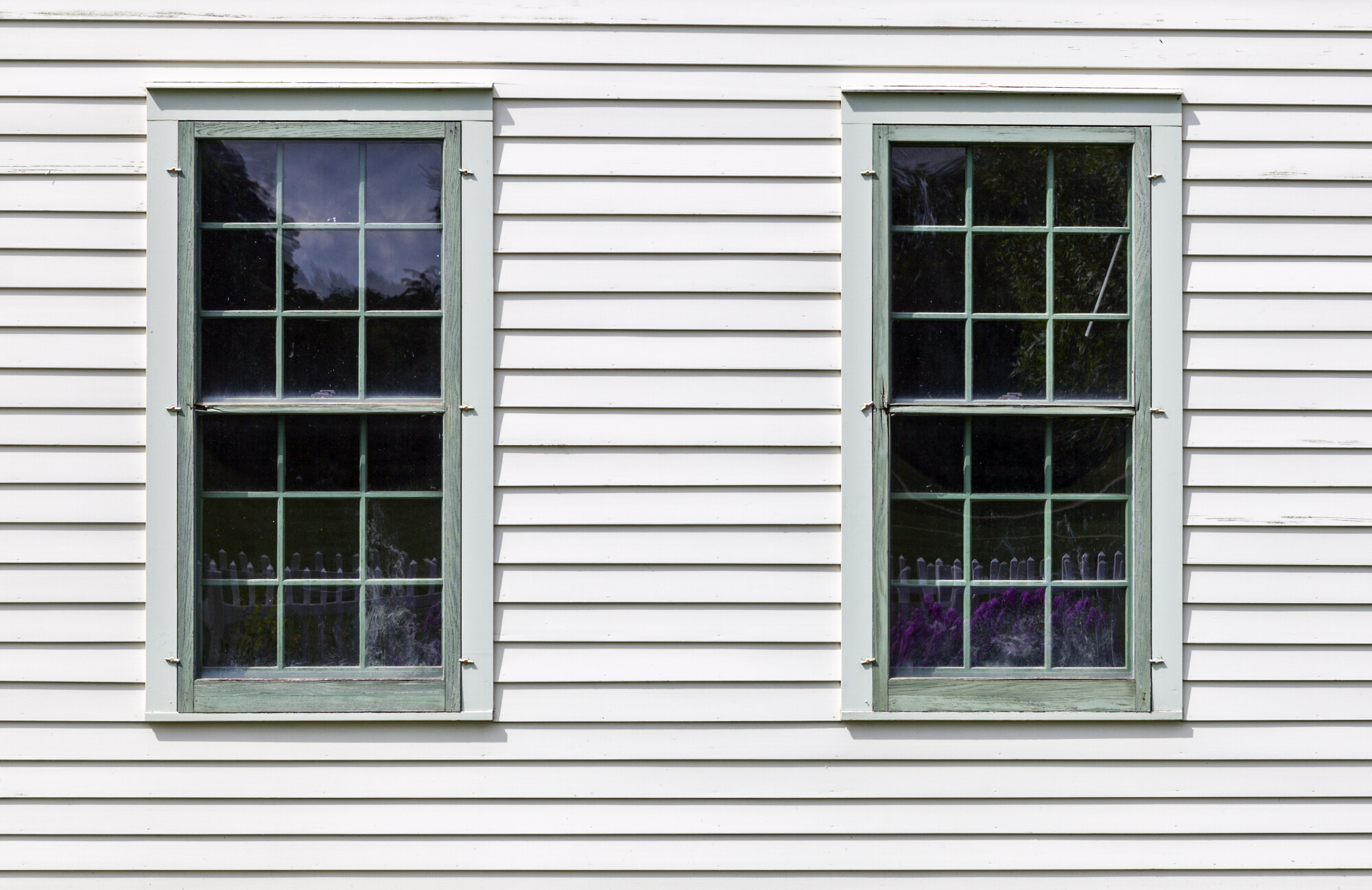Siding is a great way to update the look of your home. It’s durable, affordable, and adds character to your exterior.
There are a few common siding installation errors that should avoid. You don’t want to end up struggling with water damage or rot because you overlooked something important.
If you’re looking for a handyman when installing new siding, here are a few common mistakes to watch for.
1. Blocking Airflow With Poorly Installed Siding
Blocking airflow can prevent air from circulating, leading to damage to the siding. Common installation errors resulting in inadequate airflow include improper gap sizing, poor seaming techniques, and ineffective caulking.
To avoid these errors, installers should ensure there is a tight fit between adjacent pieces of siding, prepare seamed surfaces before installation, and caulk around windows, doors, and vents. It is also important to maintain ventilation in soffits, eaves, and corners of your house to maximize airflow.
2. Overlooking Gaps, Cracks & Leaking Problems
These problems can lead to serious water damage if not addressed properly. To avoid these issues, it’s best to use the right tools when installing the siding. Pre-existing gaps or cracks should fill with an appropriate sealant before installation.
After installation, it’s also important to inspect for any gaps, cracks, or leaks since these can worsen over time. The siding should check for any damage or signs of deterioration.
3. Skipping Important Pre-Installation Preparation
By skipping over important steps such as checking the weather, securing all the materials needed, and prepping the walls, you are setting yourself up for disaster. The surface must be clean and free of debris, and replacing old siding must do.
To ensure success, secure all siding materials and inspect them to make sure they are in good working condition. Check the weather forecasts as well to avoid working in extreme weather.
4. Measuring Incorrectly
The easiest way to avoid this error is to be mindful of your measurements and take your time. Before beginning, double-check your measurements by using a tape measure or yardstick, and double-check again if needed to ensure accuracy. Also, when cutting the siding, measure and mark the area to cut and use the right tools, including a saw or cutting shears, to make clean, straight cuts.
5. Choosing an Incompatible Siding Material
If the wrong backing material is used, the siding will not be appropriately backed, leaving it exposed to moisture, pests, and other damage. To avoid this mistake, homeowners should first make sure they know the type of siding they need and the correct backing material. They should find the best siding installation company that can provide pre-cut siding that is suited to the existing structure.
6. Avoiding Proper Centerpoint Marking
Marking the center point of a wall is important for an even, quality installation. To ensure accuracy, measure the walls and partitions and divide each into a set even number of courses from top to bottom. Then draw a centerline along a batten board and use a level to mark the center point of each course.
Identifying Common Siding Installation Errors
Common siding installation errors are all too common, but with the right preparation and research, they can avoid. Always be sure to hire a licensed professional and consult with them to ensure your siding is installed safely and appropriately.
Proper research and comprehensive knowledge are key, don’t let your siding project become a disaster! Consult with a siding expert today to ensure your project’s success.
Did you find this article helpful? If so, please keep reading for more home improvement tips.




Be First to Comment